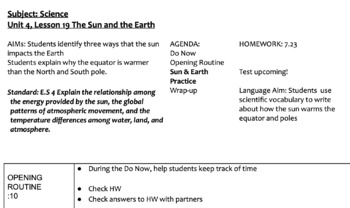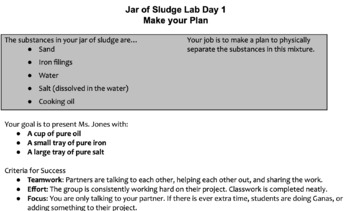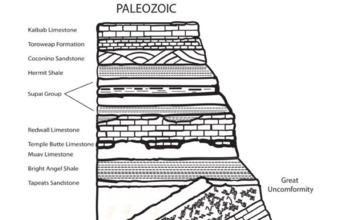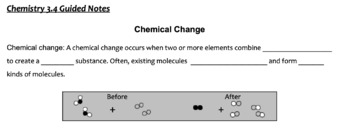Unit 4: Earth Science | Full Lesson Plans, Guided Notes, & HW | Middle School
- Zip
Products in this Bundle (29)
showing 1-5 of 29 products
Description
This unit is a comprehensive middle school curriculum that covers a variety of topics in earth science including plate tectonics and boundaries, continental drift, land formations, earth processes, energy flow, and environmental science. The unit includes detailed lesson plans, hands-on activities, homework, labs, and assessments that are aligned with state and national standards.
Students will learn about the movement of the earth's crust and how it shapes the planet's surface, as well as the processes that shape the land and the energy flows that drive the earth's systems. Additionally, the unit will also explore the impact of human activities on the environment and the importance of sustainable practices. Overall this unit provides a strong foundation for students to understand the workings of our planet, earth's place in the universe and the systems that govern it and where they originated.





